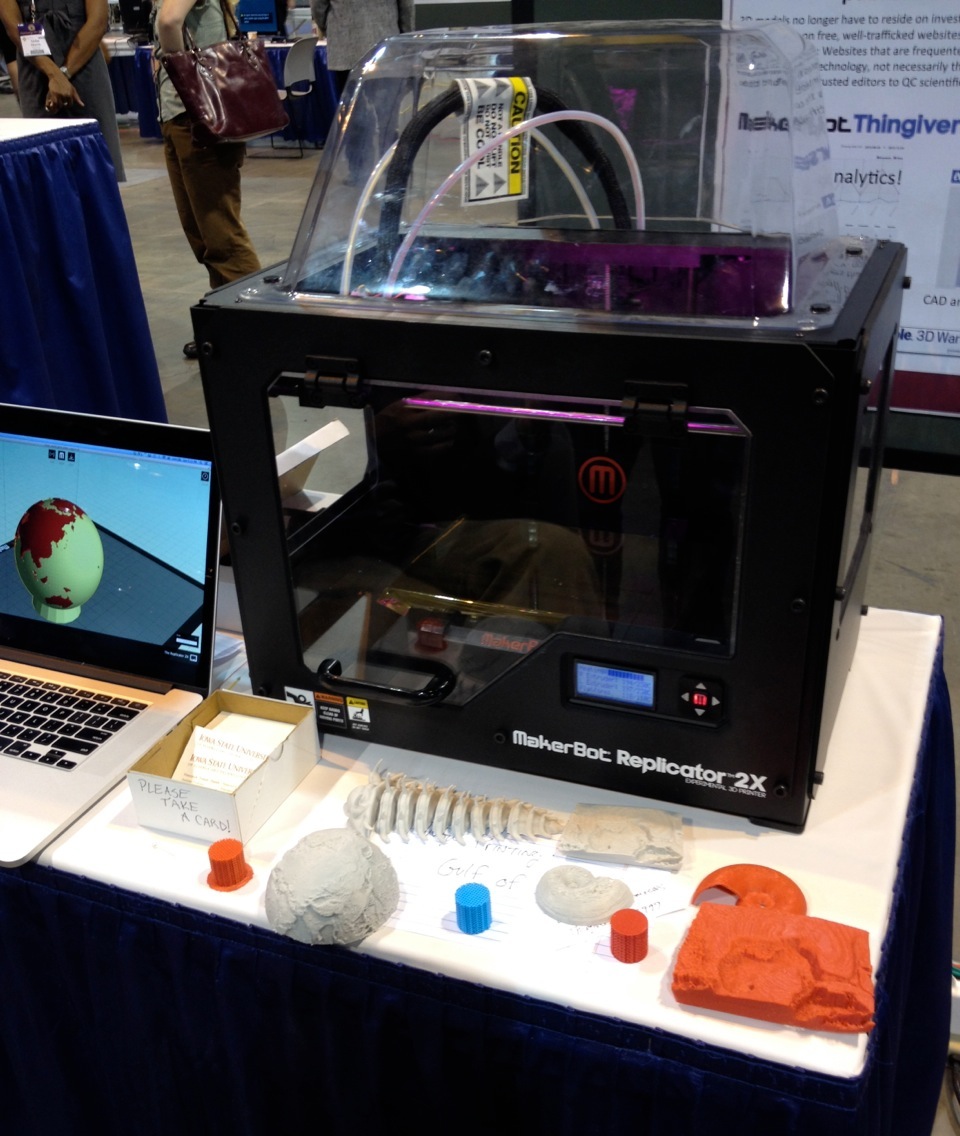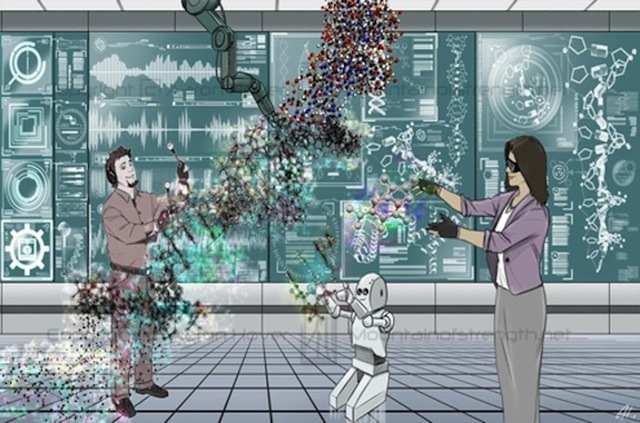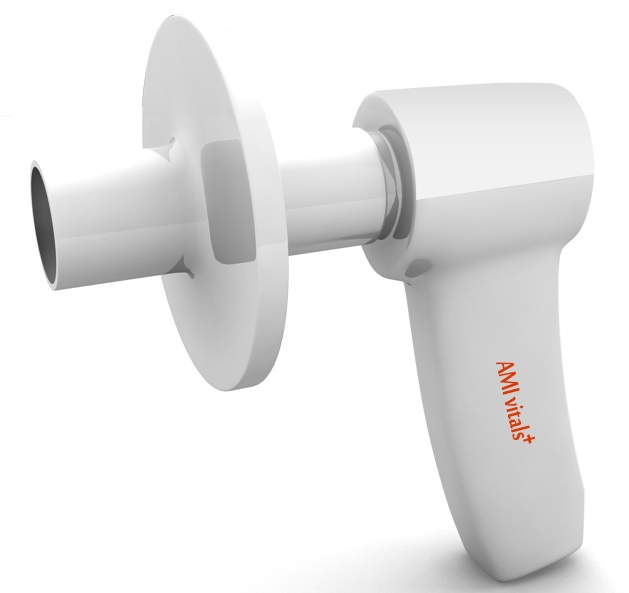10 Futuristic Technologies 'Star Trek' Fans Would Love to See
To boldly go

Though the TV show first debuted in the 1960s, "Star Trek" has sometimes seemed ahead of its time, particularly when it comes to the technologies featured on screen. From crewmembers toting communicators long before cell phones were ubiquitous to the automatic sliding doors aboard the Starship Enterprise, the show's innovation has delighted its fans for decades. This year, "Star Trek celebrates its 50th anniversary, and though some of the technologies from the show now have real-life counterparts, there are some aspects of the show that are still squarely in the realm of science fiction.
From the tech that lets the Starship Enterprise explore the universe to the devices that enable crewmembers to rapidly send information and people across great distances, here are 10 futuristic technologies Trekkies would love to have.
FIRST UP: Going faster than light ...
Warp drive

In "Star Trek," when the crew of the Enterprise wanted to set out for another star, they were able to use warp drive to zip across great cosmic distances (something that's particularly helpful if you need to rescue a Starfleet crew that's fighting off Romulans).
Unfortunately, the physics of warp drive doesn't quite add up, though faster-than-light travel does have a basis in real science. Part of the problem has to do with Albert Einstein's theory of relativity. Simply speaking, as a spacecraft approaches the speed of light, the ship also becomes infinitely massive, which ultimately prevents it from breaking the barrier. Until scientists find a way of getting around that cosmic speed limit, we'll have to putter around closer to home. [Warped Physics: 10 Effects of Faster-Than-Light Travel]
NEXT UP: Beam me up
Transporters

Ah, to be able to commute from Los Angeles to New York City in the blink of an eye. Transporters were a device commonly used in "Star Trek" to beam people (and objects) between the Starship Enterprise and the surface of a planet or moon (and in some cases, between two spaceships).
Get the world’s most fascinating discoveries delivered straight to your inbox.
Real-life teleportation for people is far from a reality, but in the bizarre world of quantum teleportation, there have been some advancements. Quantum teleportation is governed by the nature of quantum physics, which says the fundamental building blocks of the universe can exist in two or more places at the same time. Quantum teleportation involves capturing the so-called quantum states of an object and transmitting that information instantaneously to another location, recreating the exact object someplace else. In 2015, scientists teleported photons (packets of light) across a spool of fiber optics 63 miles (102 kilometers) long. This quadrupled the previous record, and also opens the possibility that such technology could help improve encryption, the researchers said.
NEXT UP: "Printing" food ...
Replicators

"Tea, Earl Grey, hot" is perhaps the best-ever example of product placement in a space-based TV show. Whenever Captain Jean-Luc Picard, from "Star Trek: The Next Generation," was back in his quarters, he often sought a way to relax in between the stressful duties of leading the crew of a starship. On the show, replicators were machines that functioned as molecular assemblers, essentially rearranging subatomic particles into molecules to create virtually anything out of thin air. Crewmembers aboard the Enterprise most commonly used replicators to make food or water.
The closest real-life version of a replicator is a 3D printer, which uses a computer's digital instructions to print plastic, ceramic or metal objects right before your eyes. We're still a long way from being able to make real food in space, but simple tools are now available on the International Space Station, thanks to Made In Space's 3D printer. Over time, Made In Space plans to open final-frontier printing to private clients, and even university students.
NEXT UP: Going back in time
Time travel

Time travel is a very common device in the "Star Trek" world, especially as a way to make commentary on how backward human societies were in the 1960s or 1980s. In the 1986 film "Star Trek IV: The Voyage Home," time travel was used as a device to poke fun at LSD, destroying the environment and even punks on buses with boom boxes.
While time travel devices are common in science fiction, scientists haven't figured out yet how to do it — that is, except in a very special, small way. We do know that people moving closer to the speed of light age slower than people back on Earth. On a smaller scale, even astronauts who have lived aboard the International Space Station and travel at 17,150 miles per hour (27,600 km/h) age ever so slightly slower than they would have on Earth. But unlike true time travel, these differences are mere moments. [The 7 Silliest Time Travel Concepts in Science Fiction]
UP NEXT: Virtual reality
Holodecks

The holodeck was one of the great inventions of the TV series "Star Trek: The Next Generation." In the holodeck aboard the USS Enterprise, Captain Jean-Luc Picard could explore simulated environments or perform virtual and interactive exercises and training simulations without having to leave the ship. But what makes this technology challenging in real life is that scientists don't yet know how to create three-dimensional figures that you can interact with in real time. Light is tricky that way, after all.
The closest thing to a holodeck that exists right now is a virtual reality device that you can strap on your head. While you're not in a physical space that simulates reality, the smaller device can let you do things such as fly in space or visit your favorite archaeological site. VR devices are even being used on roller coasters to let people fight epic alien battles while experiencing real-life G-forces.
UP NEXT: Futuristic medicine
Tricorders

If a character on "Star Trek" got sick or injured on another planet, tricorders were devices that could temporarily patch them up. A crewmember could wave the device over a person's body and get an instant diagnosis. In some cases, the device could cauterize simple wounds or do other basic medical work, too.
A competition called the Qualcomm Tricorder XPRIZE, launched in 2014, aims to create devices that can at least diagnose some conditions in the field. It is expected that these devices will be of great help in isolated areas on Earth, such as in the far north or in rural areas that are far from medical access.
UP NEXT: Now you see me ...
Cloaking devices

One of the most menacing forms of Klingon combat comes when their "Bird of Prey" ships hide in wait for enemy ships to pass by. These ships sit there, immune to radar or other forms of detection and then uncloak just when they're swooping in for the kill.
In the real world, scientists have created cloaking devices with metamaterials — arrays of small electronic devices — that work together to change the reflection and refraction of light that we are used to. But NASA's David Allen Batchelor recently wrote that this technology can only go so far. "New varieties of metamaterials undoubtedly will produce new, strange effects, but they don't seem capable of providing complete invisibility," he wrote in a NASA blog post about the science of "Star Trek."
UP NEXT: How do you say ...
Universal translators

In the 2016 film "Star Trek: Beyond," Captain James T. Kirk was approached for help by someone who didn't speak English. She eventually stood in a small chamber that automatically translated her words into something Kirk and his superiors could understand.
You could argue that we're already making progress towards a reality where languages can be translated on the fly, although current technologies are mostly catered to written speech instead of spoken speech. Google Translate and Bing Translate both allow for instant translation on the web, and Bing even provides Klingon translations for Trekkies. Google Goggles, a mobile app developed by Google with image recognition capabilities, is an emerging technology that aims to translate street signs and other text seen in the real world.
UP NEXT: Hailing on all frequencies
Subspace communications

How often have you seen Uhura (or your favorite "Star Trek" communications officer) hailing distant planets or Starfleet bases using a so-called "subspace communications" system? This tech lets the Enterprise crew talk with people on the other side of a galaxy as though they were sitting in the same room, without any time delays.
To date, the only real-world example of this is in the microscopic world, particularly the phenomenon sometimes known as "spooky action at a distance." This happens at the quantum level when an effect on one particle appears to instantaneously affect a paired particle, enabling the entangled particles to instantly communicate. Scientists are still trying to figure out why this happens, and what this means for our understanding of time. But practically? We can't send communications this way, as far as scientists can tell.
UP NEXT: Androids
Androids

While many people own android phones, these are mobile devices that are nowhere near as capable as the robotic android Data was in "Star Trek: The Next Generation." Data could not only process information quickly (as a computer does), but his systems were capable of hosting an emotion chip. Data gladly accepted the challenge of living with fear or anger because he wanted to be more human.
While robots aren't quite as sophisticated as Data was, we have seen examples of talkative bots in space. In 2013, a talkative Japanese robot named Kirobo embarked on an 18-month mission to the International Space Station. The bot, designed to help researchers study human-robot interactions, chatted with Japanese astronaut Koichi Wakata; at the time, its designers speculated it could be used to help lonely seniors who can't leave the house much.

Elizabeth Howell was staff reporter at Space.com between 2022 and 2024 and a regular contributor to Live Science and Space.com between 2012 and 2022. Elizabeth's reporting includes multiple exclusives with the White House, speaking several times with the International Space Station, witnessing five human spaceflight launches on two continents, flying parabolic, working inside a spacesuit, and participating in a simulated Mars mission. Her latest book, "Why Am I Taller?" (ECW Press, 2022) is co-written with astronaut Dave Williams.


